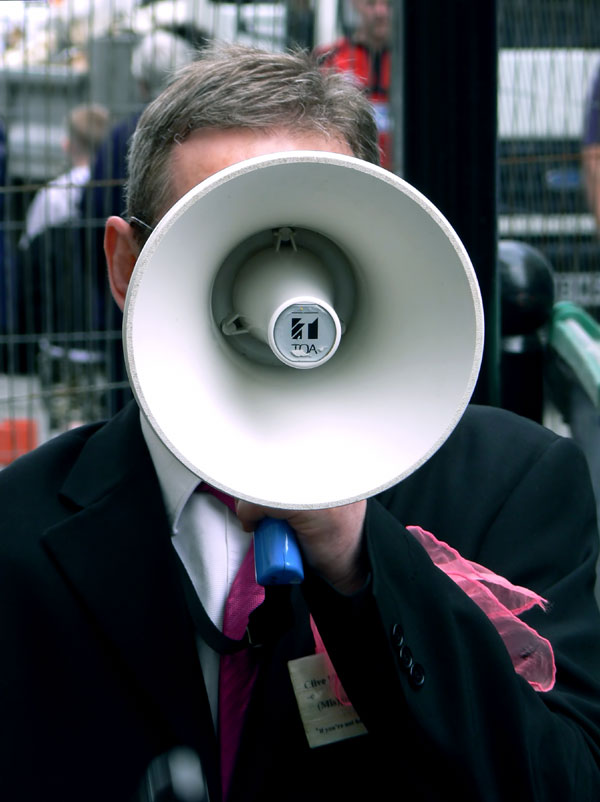It’s time to get disruptive with your wine packaging or risk becoming invisible to consumers.
As the number of brands in the wine industry continues to skyrocket, the task ahead for marketers is more difficult than ever. In 2014 alone, the TTB approved over 100,000 new wine labels. Compounding the issue is the wine consumers’ declining ability to differentiate between this myriad of choices within a category where product attributes overlap considerably. With the number of SKUs on-shelf growing at an unprecedented rate, consumers have become increasingly jaded to whether there is a difference between wines.
With every new brand introduced into the marketplace, the wine category faces the real danger of turning into a commodity choice for consumers.
The wine industry in some ways is its own worst enemy with countless self-imposed “rules” on how attributes such as grape varietal, appellation, etc. are presented on packaging to consumers. The situation is further compounded by both the states’ and federal governments’ legal requirements. In many ways for years wine has been in danger of turning into a boring sea of white noise driven by intrinsic attributes such as grape variety or region rather than unique brand propositions.
It’s time to get disruptive:
Disruptive alcohol branding can provide the competitive advantage moving forward. Wine marketers need not look far for inspiration. The spirits category is loaded with excellent examples of disruptive packaging. Your packaging should visually catch the shopper’s attention, change their thinking and feeling about your brand, even literally pull them out of their walking path to your product on shelf to investigate more.
Below are 3 considerations for marketers:
1. Innovative products demand equally disruptive packaging:
It’s an exciting time in the wine industry with innovative products that have unique blends, wines infused with unique flavors paved by the spirits category, non-traditional containers beyond the bottle, etc. While producers are beginning to leverage these new avenues, packaging innovation still lags sorely behind.
- Disruptive packaging can support functionality and increase relevance in relation to your consumer’s lifestyle.
Study how consumers interact with your product. Hopefully your messaging, positioning, promotion and overall marketing strategy optimize your brand’s relevancy to your target consumer. But does your packaging? For example, if you are marketing a wine for a younger more adventurous consumer, your packaging should play a leading role in leveraging that positioning.
3. For challenger brands, it’s crucial to stand out in a crowded marketplace.
If your brand is just starting out, disruptive alcohol branding can be a great way to capture consumer attention and invite trial. Simply stating your brand’s special feature or blend isn’t enough. Introduce a disruptive package that supports your positioning and brand story and it will do the talking for you.
Lesson: if you are developing a new wine brand, or repositioning an existing brand, but have not incorporated disruptive packaging, you are missing out on massive opportunity to engage new consumers.
photo credit: Jett Loe via photopin cc
- The Core 4 – Setting the Foundation for Your Brand - September 19, 2025
- The Rise of Low & No Alcohol Spirits: A $4 Billion Bandwagon - July 21, 2025
- The Private Label Opportunity and Bulk Spirits - March 25, 2025


Leave a Reply